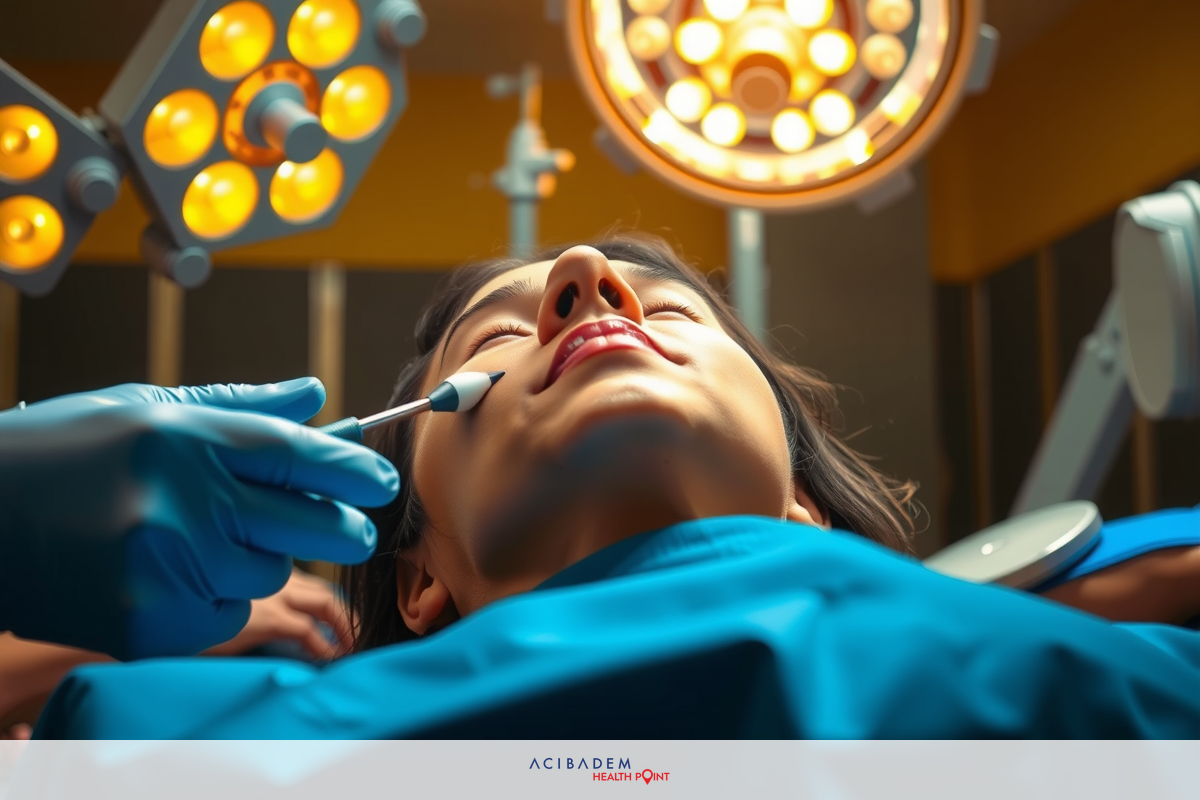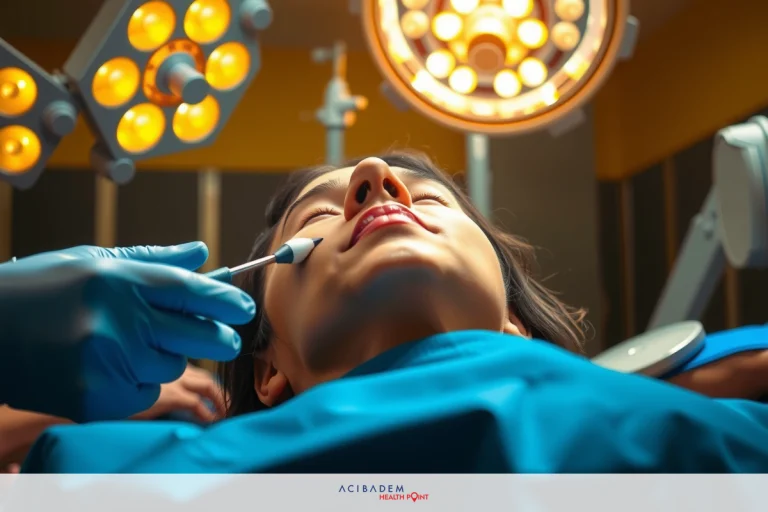What Are the Different Types of Nose Surgery
What Are the Different Types of Nose Surgery Nose surgery, medically known as rhinoplasty, encompasses a range of procedures aimed at improving the function and form of the nose. It’s an effective solution for addressing breathing issues, or for altering the size and shape for aesthetic purposes. Rhinoplasty is one of the most common types of plastic surgery procedures performed today.
Nonetheless, it is imperative to grasp that rhinoplasty is not a universally applicable procedure. Various types of nasal surgeries are tailored to distinct requirements and objectives. These include standard rhinoplasty, septoplasty for correcting a deviated septum, and revision rhinoplasty when a previous surgery didn’t achieve the desired results. Understanding these differences can help you make an informed decision about which type of nose surgery might be right for you.
Rhinoplasty
What Are the Different Types of Nose Surgery Rhinoplasty is a surgical procedure that alters the shape or function of the nose. It’s one of the most frequently performed plastic surgeries worldwide. Rhinoplasty can be undertaken for a variety of reasons, including improving breathing, correcting congenital issues, or purely for aesthetic enhancement.
The actual process of rhinoplasty involves careful modification of the bone, cartilage, and soft tissues that make up the structure of the nose. The surgeon may remove some material, add to it (using synthetic fillers or natural tissue), or simply reshape what is already there. This flexibility allows for a significant degree of customization in achieving the desired outcome. However, it’s crucial to have realistic expectations and understand that while rhinoplasty can improve appearance and function, it won’t result in ‘perfection.’
There are two main techniques used in rhinoplasty: open and closed. In an open rhinoplasty, the surgeon makes an incision across the columella, the strip of tissue that separates the nostrils, allowing greater access to the nasal structure. This technique is typically used for more complex procedures. On the other hand, a closed rhinoplasty involves incisions made entirely within the nostrils and is often preferred when less extensive modifications are needed.
Rhinoplasty requires significant skill and experience on behalf of the surgeon due to the complexity of the nose’s structure and its prominent location on the face. Therefore, choosing a reputable surgeon with extensive experience in nasal surgery is crucial for achieving optimal results. It’s also important to understand that recovery from rhinoplasty can take time – typically several weeks for initial healing and up to a year or more for all swelling to completely resolve and reveal the final result.
Septoplasty
What Are the Different Types of Nose Surgery Septoplasty is a specialized nasal surgery that aims to rectify a deviated septum. The septum is the thin wall of bone and cartilage that separates your two nostrils. When it’s off-center or crooked, it’s referred to as a
deviated septum. While many people have some degree of deviation, it can cause problems such as obstructed airflow, frequent nosebleeds, and sinus infections in severe cases.
The procedure involves making an incision inside the nose to access the septum. The surgeon then trims or straightens the bent cartilage and bone, repositioning them into the correct place. In some cases, small portions may be removed entirely to allow for better alignment. Once corrected, the incision is closed with sutures. Unlike rhinoplasty, which changes the outside shape of the nose, septoplasty focuses on improving functionality rather than aesthetics and generally doesn’t alter the external appearance of the nose.
Recovery from septoplasty typically takes about one to two weeks. Patients may experience some swelling and bruising around the nose and eyes, but these symptoms will gradually subside. Nasal packing (the insertion of gauze or cotton into the nostrils) might be used to minimize post-operative bleeding. It’s crucial during recovery to avoid any activities which could potentially injure the nose while it heals.
Septoplasty can significantly improve one’s quality of life by remedying issues like chronic congestion, difficulty breathing through one or both nostrils, recurring sinusitis, and sleep problems like snoring or sleep apnea. It’s always important to discuss your symptoms and expectations with your surgeon to ensure septoplasty is the best course of action for your specific needs.

Revision Rhinoplasty
What Are the Different Types of Nose Surgery Revision rhinoplasty, sometimes referred to as secondary rhinoplasty, is a surgical procedure performed to correct issues arising from a previous nose surgery. This can be due to dissatisfaction with the aesthetic result, breathing difficulties, or structural problems that have emerged post-surgery. Given its nature, revision rhinoplasty is often more complex than primary rhinoplasty because it involves working on a structure that has already been altered.
The process of revision rhinoplasty varies greatly depending on what needs to be corrected. If the initial surgery involved the removal of too much cartilage or bone, the surgeon might need to graft tissue from another part of the patient’s body, such as the ear or ribs. Conversely, if too little material was removed during the initial surgery, further refinement might be needed. In other cases, the surgeon may need to rectify functional issues affecting breathing or sinus function.
Revision rhinoplasty requires a highly skilled and experienced surgeon due to its complexity. The surgeon must take into account not only the physical changes that need to be made but also manage scar tissue from previous surgeries and adjust plans based on how the nose has healed since the initial operation. The recovery period for revision rhinoplasty is similar to that of a primary rhinoplasty, usually requiring a few weeks for initial healing and up to a year for all swelling to subside fully.
Given its specialized nature, patients considering revision rhinoplasty should ensure they choose a qualified surgeon with extensive experience in this area. Good communication between you and your surgeon about your goals and expectations is key to achieving a successful outcome. While revision rhinoplasty can certainly help improve both the appearance and functionality of your nose, it’s important to have realistic expectations and understand that each surgical intervention carries its own risks and benefits.
Frequently Asked Questions
Is nose surgery painful?
Nose surgery, including rhinoplasty and septoplasty, is performed under anesthesia, ensuring that you won't feel any pain during the procedure. After the surgery, it is normal to experience some discomfort and swelling. However, your doctor will provide you with appropriate pain medication to manage any discomfort during the recovery process.
How long does it take to recover from nose surgery?
The recovery time after nose surgery can vary depending on the specific procedure performed and individual healing abilities. Generally, it takes about 1-2 weeks for initial healing, during which you may experience some swelling and bruising. However, complete healing and resolution of swelling may take several months. It's important to follow your surgeon's post- operative instructions and attend follow-up appointments for a smooth recovery.
Will insurance cover the cost of nose surgery?
Insurance coverage for nose surgery depends on various factors, including the specific procedure performed, medical necessity, and the policies of your insurance provider. Some functional nasal surgeries, such as septoplasty, may be covered if they are deemed medically necessary. However, cosmetic procedures like rhinoplasty are typically not covered by insurance. To determine coverage for your specific situation, it's best to consult with your insurance company directly.
Can I achieve a perfect nose through rhinoplasty?
While rhinoplasty can significantly improve the appearance of your nose, it's important to have realistic expectations. Each person's anatomy is unique, and there are limitations to what can be achieved through surgery. The goal of rhinoplasty is to enhance your natural features and create harmony with your facial proportions. It's essential to communicate clearly with your surgeon about your desired outcomes and understand that perfection is subjective.
Are there any risks associated with revision rhinoplasty?
Revision rhinoplasty carries similar risks to primary rhinoplasty, including infection, bleeding, scarring, and anesthesia-related complications. However, the risks can be slightly higher due to the altered anatomy from the previous surgery. It's crucial to choose a skilled and experienced surgeon who specializes in revision rhinoplasty to minimize these risks. During your consultation, your surgeon will discuss potential risks and complications specific to your case and how they can be managed effectively.











